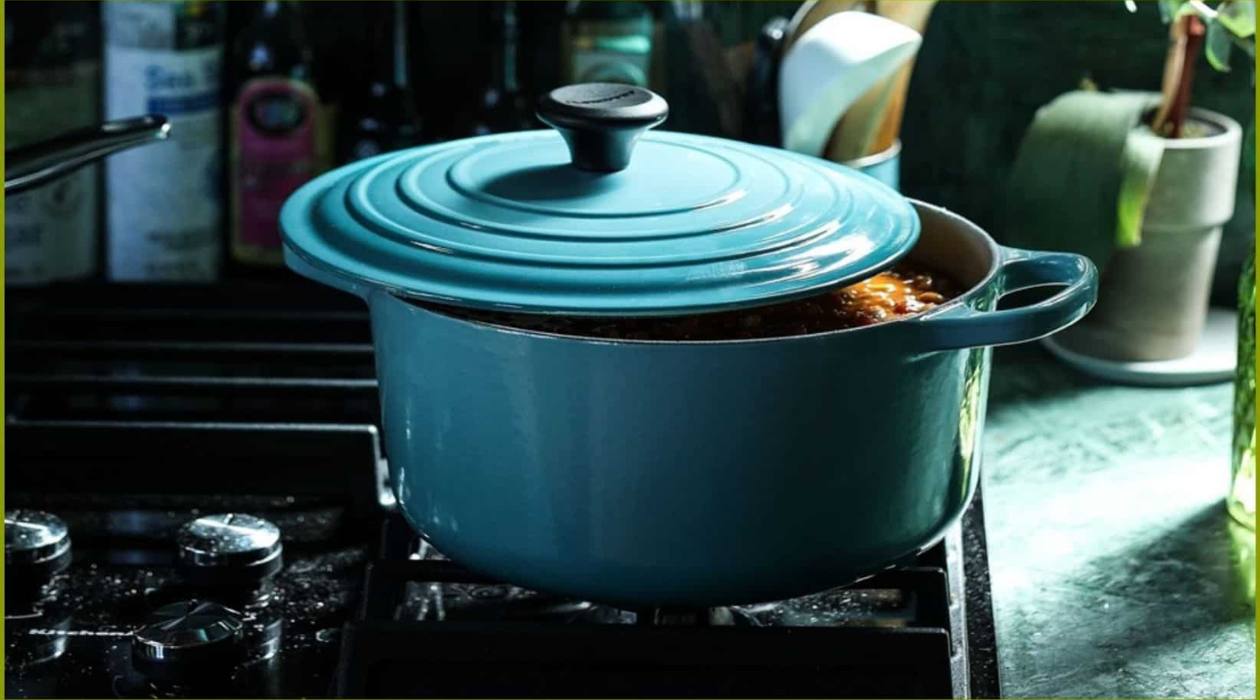

Articles
How To Use A Dutch Oven On Stove Top
Modified: December 7, 2023
Learn how to use a Dutch oven on the stove top with our informative articles. Discover cooking tips, recipes, and more for the ultimate cooking experience.
(Many of the links in this article redirect to a specific reviewed product. Your purchase of these products through affiliate links helps to generate commission for Storables.com, at no extra cost. Learn more)
Introduction
A Dutch oven is a versatile and beloved cooking tool that has been used for centuries. It is a heavy-duty pot with a tight-fitting lid, usually made of cast iron or enameled cast iron. While Dutch ovens are commonly associated with outdoor cooking and campfires, they can also be used on a stove top with great success.
Using a Dutch oven on a stove top allows you to take advantage of its excellent heat retention and distribution properties. Whether you’re simmering a hearty stew, braising a tender roast, or baking a crusty bread, the Dutch oven can do it all.
In this article, we’ll delve into the details of using a Dutch oven on the stove top. From choosing the right Dutch oven to cleaning and maintenance, we’ll cover all the essential aspects to ensure you have a successful cooking experience.
Key Takeaways:
- Using a Dutch oven on the stove top opens up a world of culinary possibilities, from braising and sautéing to simmering and shallow frying. The Dutch oven’s excellent heat retention and even cooking make it a versatile and convenient tool for creating delicious meals.
- Proper preparation, heat source selection, and maintenance are essential for successful Dutch oven stove top cooking. By following safety tips and techniques, you can enjoy the benefits of using a Dutch oven while minimizing potential hazards or accidents.
Read more: How To Use Dutch Oven As Slow Cooker
Choosing the Right Dutch Oven
When it comes to selecting a Dutch oven for stove top cooking, there are a few factors to consider.
First and foremost, you’ll want to choose a Dutch oven made of high-quality materials. The two most common options are cast iron and enameled cast iron. Cast iron provides excellent heat retention and even heat distribution, but it requires regular seasoning and can react with acidic ingredients. Enameled cast iron, on the other hand, has a smooth and non-reactive surface, making it ideal for all types of cooking.
The size of the Dutch oven is also important. Consider the amount of food you typically cook and choose a size that can accommodate your needs. A 5 or 6-quart Dutch oven is a versatile option that can handle a wide range of recipes.
The shape of the Dutch oven may also influence your decision. Round Dutch ovens are perfect for soups, stews, and roasts, while oval Dutch ovens are better suited for larger cuts of meat and whole poultry.
Lastly, consider the weight of the Dutch oven. Cast iron Dutch ovens can be quite heavy, especially when full of food. Make sure you are comfortable handling and maneuvering the Dutch oven, as you’ll be using it on the stove top.
By taking these factors into account, you can choose a Dutch oven that suits your cooking needs and preferences. Now that you have the right Dutch oven, let’s move on to preparing it for stove top cooking.
Preparing the Dutch Oven
Before using your Dutch oven on the stove top, it’s important to properly prepare it. Follow these steps to ensure your Dutch oven is ready for cooking:
- Wash the Dutch oven: If it’s a brand-new Dutch oven, wash it with warm soapy water to remove any protective coating or residue. If it’s a seasoned Dutch oven, give it a quick rinse with water.
- Dry the Dutch oven: Thoroughly dry the Dutch oven with a clean kitchen towel or paper towels. Moisture can cause the cast iron to rust, so it’s essential to eliminate any traces of water.
- Season the Dutch oven (if necessary): If you’re using a cast iron Dutch oven, it may require seasoning before use. To season the Dutch oven, coat the inside and outside with a thin layer of vegetable oil or shortening. Place the Dutch oven in a preheated oven at 350°F (175°C) for an hour. This process helps create a non-stick surface and prevents rust.
- Enameled cast iron Dutch ovens do not require seasoning.
Once your Dutch oven is properly prepared, you can move on to selecting the heat source for stove top cooking.
Heat Source Selection
When it comes to using a Dutch oven on the stove top, you have a few options for heat sources. Here are the most common choices:
- Gas stove: A gas stove provides precise temperature control, making it an excellent choice for using a Dutch oven. The open flame allows for rapid heat adjustment, which is particularly useful for cooking techniques that require quick temperature changes.
- Electric stove: Electric stoves can also be used with a Dutch oven, but they may not offer the same level of temperature control as a gas stove. However, with a little practice and patience, you can still achieve great results.
- Induction cooktop: Induction cooktops use electromagnetic fields to heat the cookware directly, offering fast and responsive temperature control. Many Dutch ovens are compatible with induction cooktops, but be sure to check the manufacturer’s specifications before using it.
Ultimately, the choice of heat source depends on your personal preference and the equipment available in your kitchen. Regardless of the heat source, it’s important to preheat your Dutch oven before cooking to ensure even heat distribution and consistent results.
Preheating the Dutch Oven
Preheating your Dutch oven is an important step to ensure even cooking and optimal results. Here’s how to preheat your Dutch oven on the stove top:
- Place the empty Dutch oven on the stove top over medium heat.
- Allow the Dutch oven to gradually heat up for about 5-10 minutes. This will ensure that the heat is evenly distributed throughout the pot.
- During the preheating process, you can lightly oil the surface of the Dutch oven to prevent sticking.
- To check if the Dutch oven is properly preheated, sprinkle a few drops of water on the surface. If the water sizzles and evaporates immediately, the Dutch oven is ready for cooking.
It’s crucial to note that preheating the Dutch oven may take longer if using a thicker or larger pot. The preheating process allows the Dutch oven to reach the desired temperature and promotes more even cooking.
Now that your Dutch oven is preheated and ready to go, it’s time to start cooking on the stove top.
When using a Dutch oven on the stovetop, make sure to preheat the pot before adding any ingredients. This will help ensure even cooking and prevent food from sticking to the bottom.
Cooking with a Dutch Oven on the Stove Top
Using a Dutch oven on the stove top opens up a world of culinary possibilities. Here are some popular cooking techniques you can try:
- Braising: Braising involves searing meat or vegetables on high heat, then slowly cooking them in liquid at a lower heat. This technique is perfect for tenderizing tough cuts of meat and developing rich, flavorful sauces.
- Sautéing: Sautéing is a quick cooking method that involves cooking ingredients over high heat in a small amount of fat. It’s great for browning meat, caramelizing onions, or quickly cooking vegetables.
- Simmering: Simmering involves cooking ingredients in a liquid at a gentle heat. It’s ideal for soups, stews, and sauces that require long, slow cooking to develop complex flavors.
- Frying: While deep frying isn’t commonly done in a Dutch oven on the stove top, shallow frying can be accomplished by adding a few inches of oil and carefully monitoring the temperature. This technique is perfect for crispy fried chicken or homemade doughnuts.
Remember to adjust the heat as needed during the cooking process to prevent burning or undercooking. The heavy construction of the Dutch oven helps retain heat and promotes even cooking, so you may need to reduce the heat slightly compared to other cookware.
Furthermore, the tight-fitting lid of the Dutch oven helps trap moisture, resulting in tender and flavorful dishes. Be sure to keep the lid on when cooking, but occasionally lift it to stir or check on the progress of your meal.
Cooking times may vary depending on the recipe and the size of your Dutch oven. Keep a close eye on the cooking process and use a reliable meat thermometer to ensure meat reaches the appropriate internal temperature.
Once you’re finished cooking, it’s time to clean and maintain your Dutch oven.
Maintaining and Cleaning the Dutch Oven
Proper maintenance and cleaning are essential for prolonging the life of your Dutch oven. Here are some tips to help you keep your Dutch oven in excellent condition:
- After cooking, allow the Dutch oven to cool down completely before cleaning. Placing a hot Dutch oven under cold water can cause it to crack.
- For cast iron Dutch ovens, avoid using soap when cleaning, as it can strip away the seasoning. Instead, use a stiff brush or sponge and hot water to remove any food residue. For stubborn stuck-on food, you can add salt and scrub gently.
- For enameled cast iron Dutch ovens, you can use mild soap and a soft sponge for cleaning. Avoid abrasive cleaners or scrub brushes that may scratch the enamel.
- Never soak your Dutch oven in water for an extended period. Excessive exposure to water can lead to rusting, especially for cast iron Dutch ovens. Instead, dry the Dutch oven thoroughly with a clean kitchen towel or paper towel.
- If your Dutch oven develops rust, you can remove it by scrubbing with steel wool and then re-seasoning the cast iron.
- Store your Dutch oven in a dry and well-ventilated area to prevent moisture buildup and rust.
Regular maintenance is essential to keep your Dutch oven in its best condition. Periodically re-seasoning cast iron Dutch ovens can help maintain its non-stick surface and prevent rust.
By following these care and cleaning instructions, you can enjoy the benefits of your Dutch oven for years to come.
Now that you have a good understanding of maintaining and cleaning your Dutch oven, let’s move on to some safety tips for using it on the stove top.
Safety Tips for Using a Dutch Oven on the Stove Top
Using a Dutch oven on the stove top can be an enjoyable and rewarding cooking experience, but it’s important to prioritize safety. Here are some safety tips to keep in mind:
- Always use oven mitts or heat-resistant gloves when handling a hot Dutch oven. The handles and lid can become extremely hot during cooking.
- Ensure that the Dutch oven is stable on the stove top. Use a burner that is appropriate for the size of your Dutch oven to prevent it from tipping over or causing accidents.
- Avoid overcrowding the Dutch oven with food. Overfilling the pot can lead to spills and uneven cooking. Leave some space for ingredients to expand and allow heat to circulate.
- When cooking with high heat, be cautious of oil splatter. Use a splatter guard or cover the Dutch oven partially with the lid to prevent burns and messes.
- Keep an eye on the stove top while cooking. Avoid leaving the Dutch oven unattended to prevent accidents or avoidable mishaps.
- Be mindful of the weight of the Dutch oven, especially when moving or lifting it. Cast iron Dutch ovens can be heavy, so make sure you have a secure grip and use caution to prevent strain or dropping.
- Ensure that the area around the stove top is clear from any flammable objects or materials. Keep curtains, towels, and other potential fire hazards away from the heat source.
- Do not exceed the maximum temperature recommended for your Dutch oven. Consult the manufacturer’s guidelines to determine the suitable temperature range.
- Always follow the specific instructions and guidelines provided by the manufacturer for your specific Dutch oven model.
By following these safety tips, you can enjoy the delicious results of your Dutch oven cooking while minimizing any potential hazards or accidents.
Now that you’re equipped with the knowledge to safely and effectively use a Dutch oven on the stove top, it’s time to put your skills to the test and enjoy the wonderful dishes you can create.
Conclusion
Using a Dutch oven on the stove top is a versatile and convenient way to cook a wide variety of dishes. Whether you’re simmering soups and stews, braising meats, or baking bread, the Dutch oven delivers excellent heat retention and even cooking. By following the tips and techniques outlined in this article, you can make the most of your Dutch oven and create delicious meals for yourself and your loved ones.
Remember to choose the right Dutch oven, prepare it properly, and select the appropriate heat source for stove top cooking. Preheating the Dutch oven ensures even heat distribution, and cooking techniques such as braising, sautéing, simmering, and shallow frying can be successfully done on the stove top.
Maintaining and cleaning your Dutch oven is essential for its longevity, and following safety precautions will help you avoid any accidents or injuries. With proper care, your Dutch oven can become a beloved kitchen companion that lasts for years.
So, gather your ingredients, fire up your stove top, and let your Dutch oven work its magic. From hearty stews to succulent roasts, the possibilities are endless. Get ready to impress with delicious, flavorful meals cooked to perfection in your Dutch oven!
Frequently Asked Questions about How To Use A Dutch Oven On Stove Top
Was this page helpful?
At Storables.com, we guarantee accurate and reliable information. Our content, validated by Expert Board Contributors, is crafted following stringent Editorial Policies. We're committed to providing you with well-researched, expert-backed insights for all your informational needs.
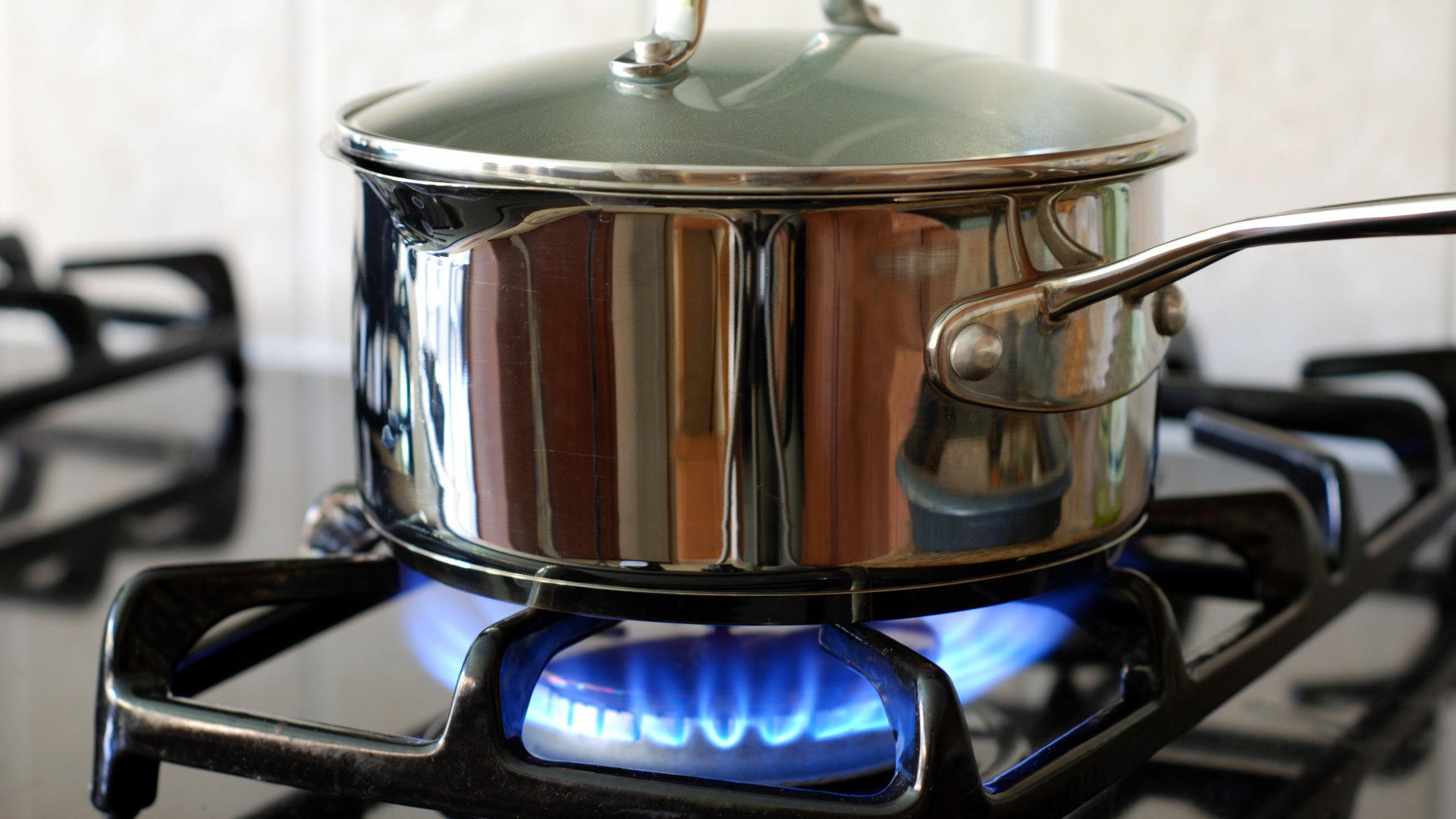
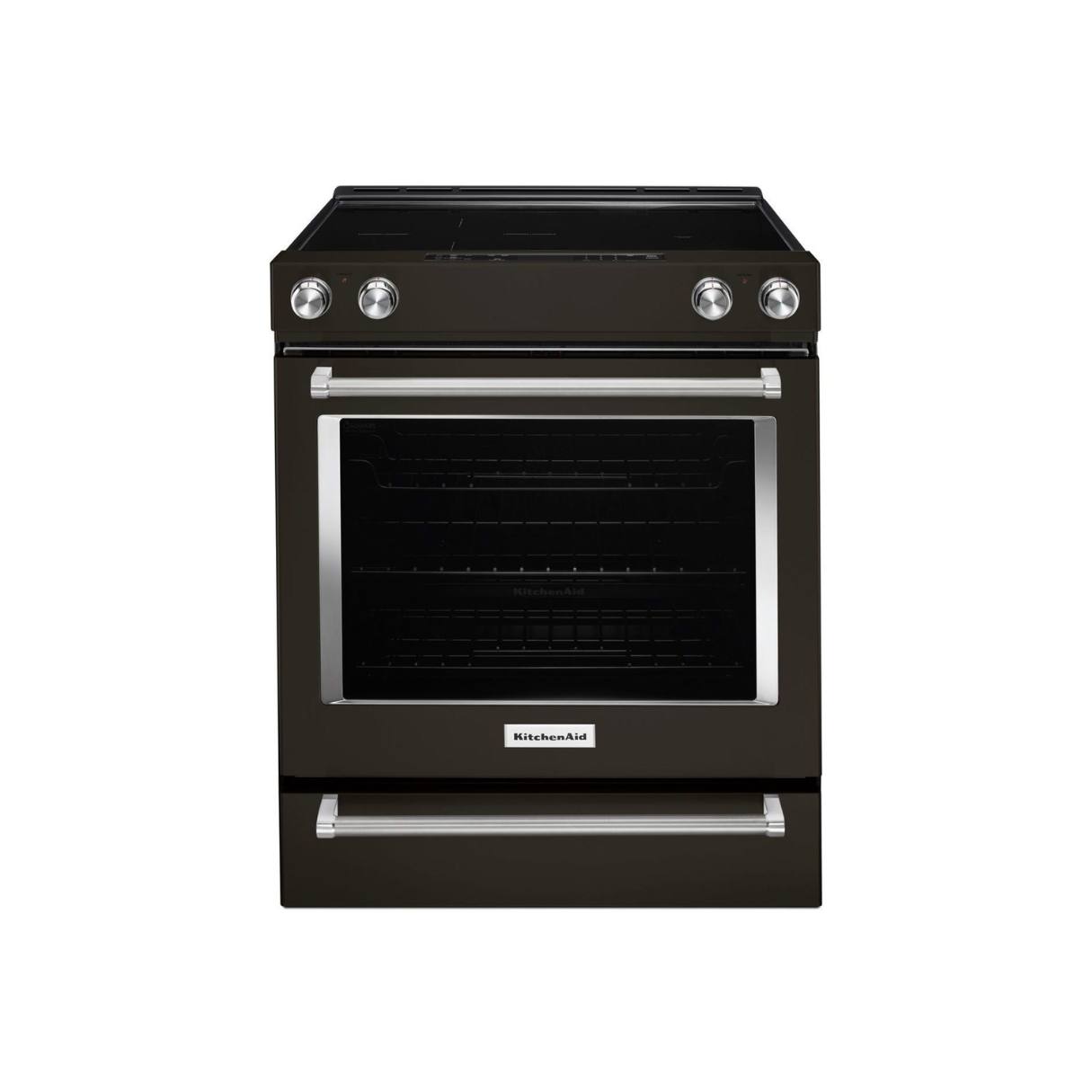
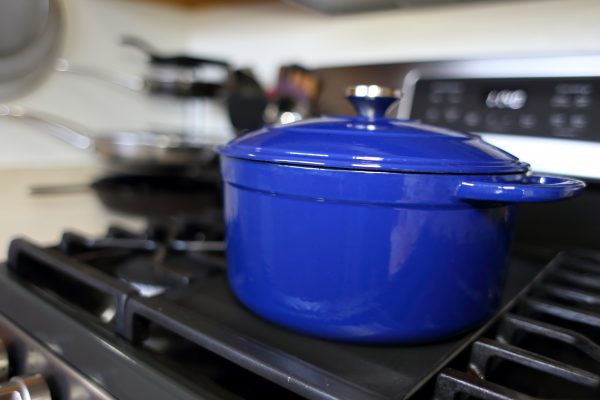
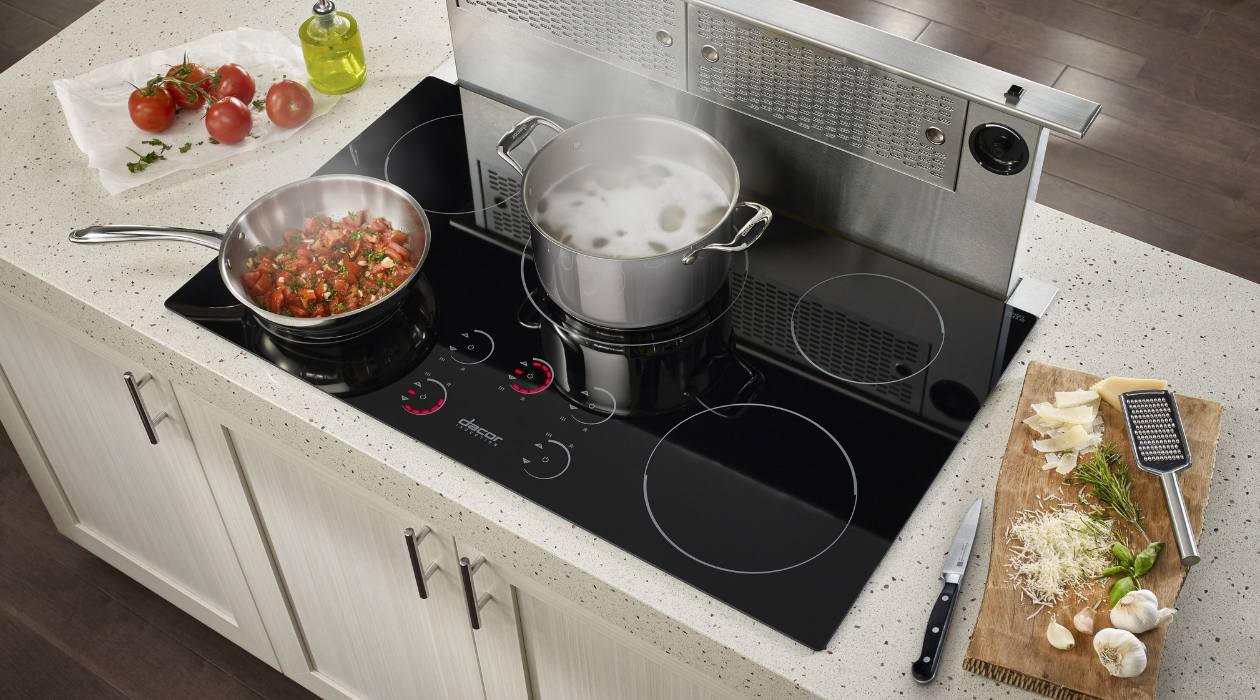
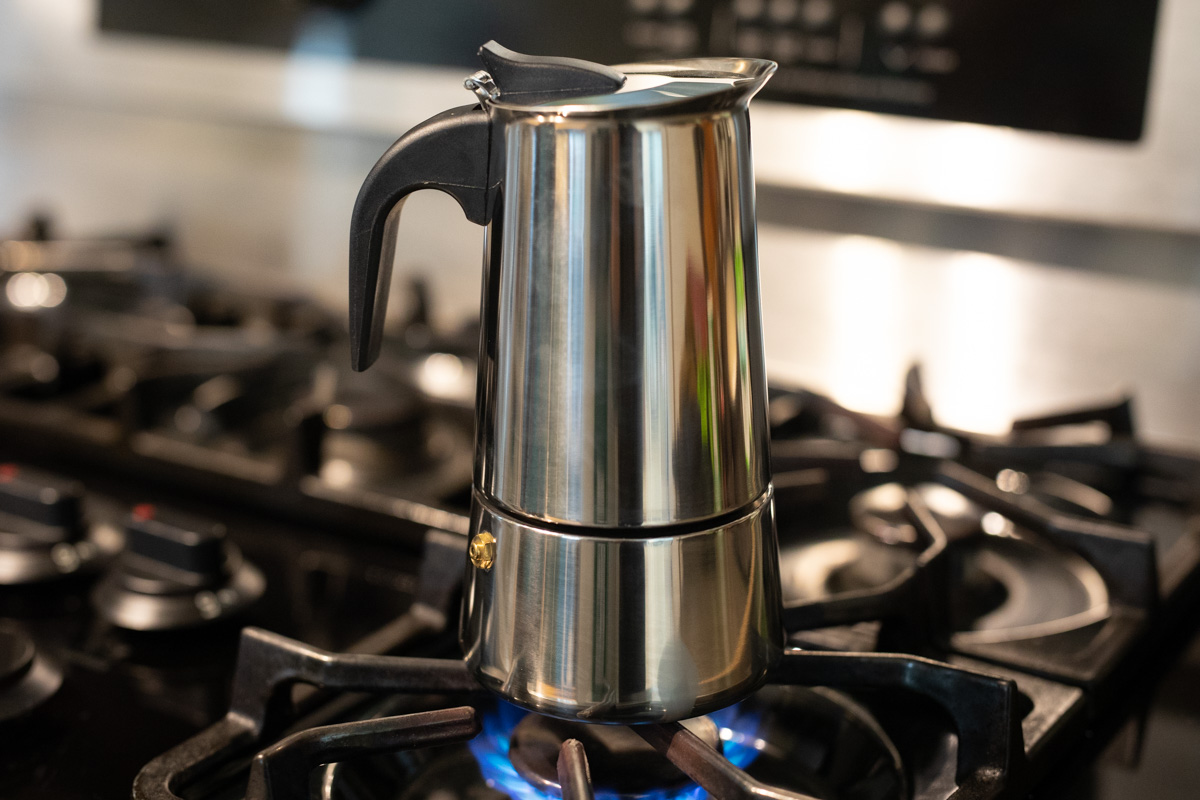
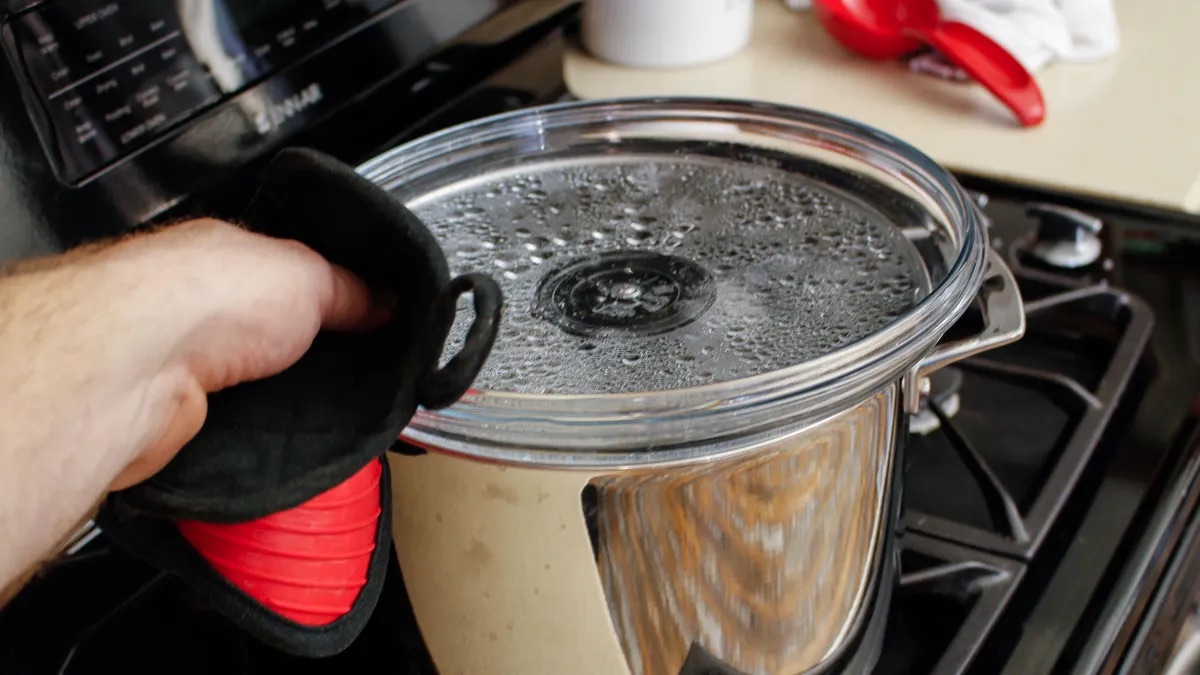
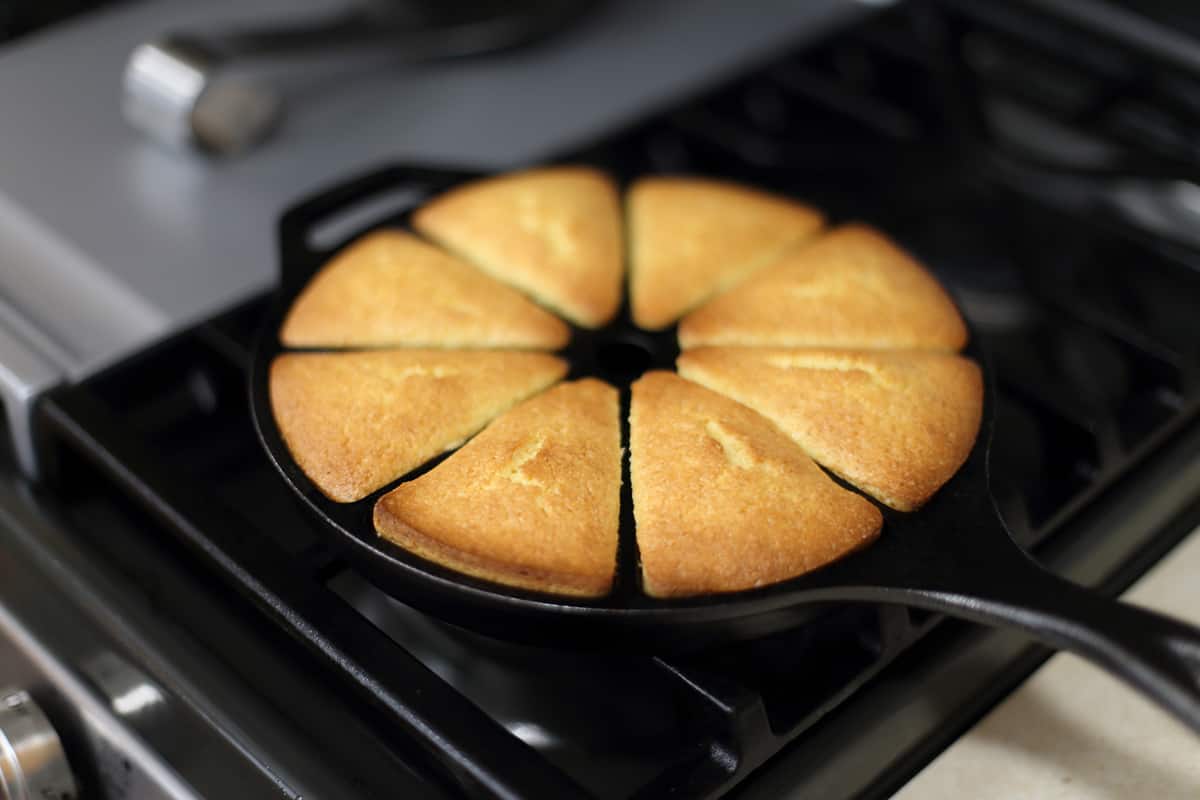
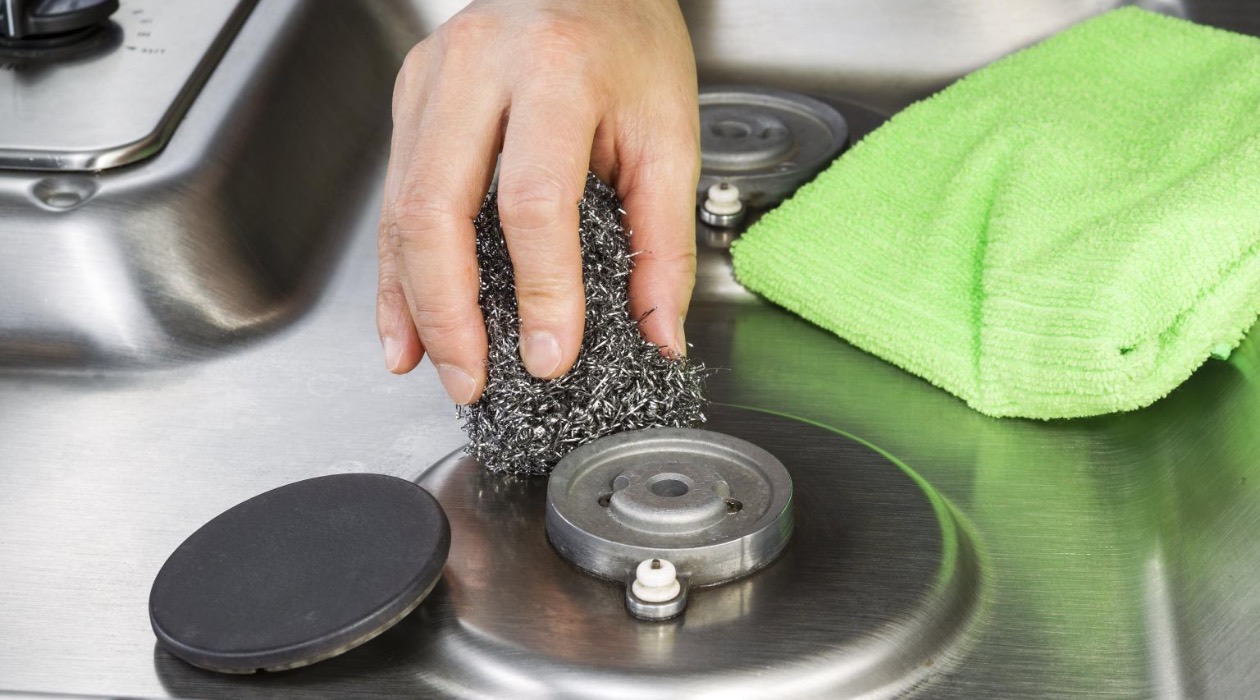
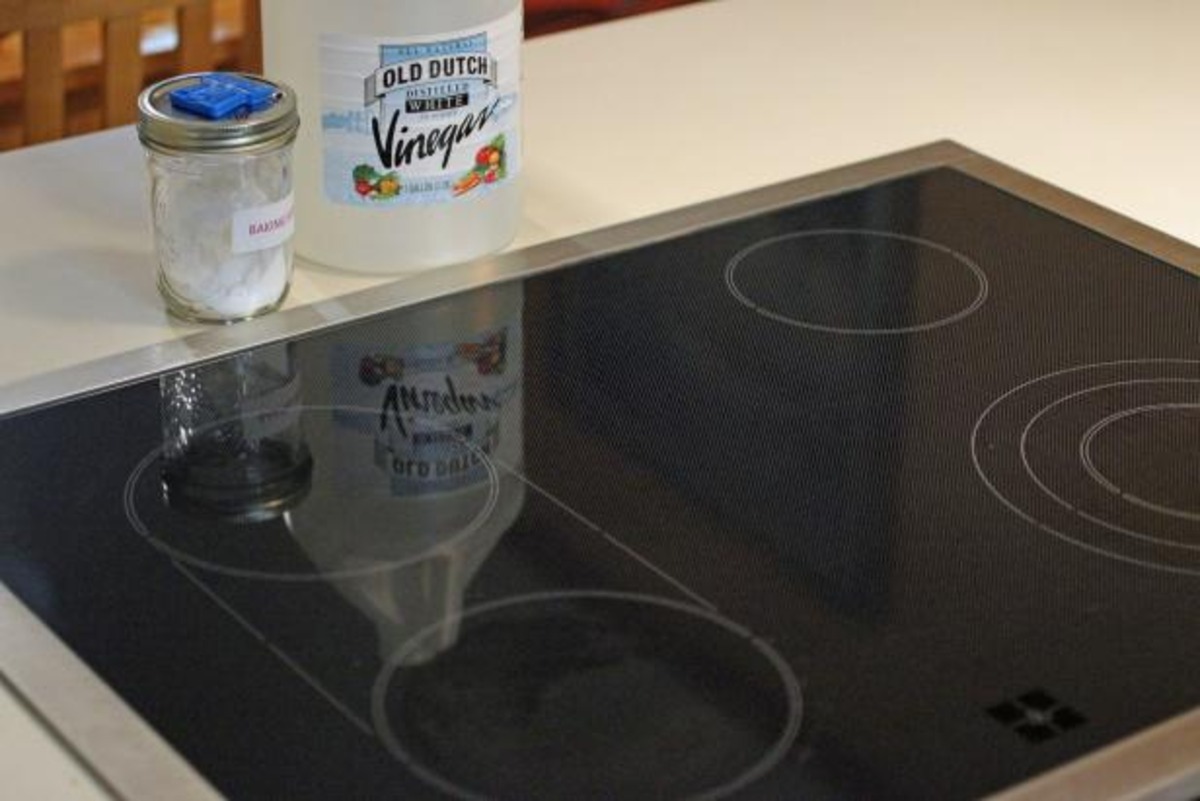
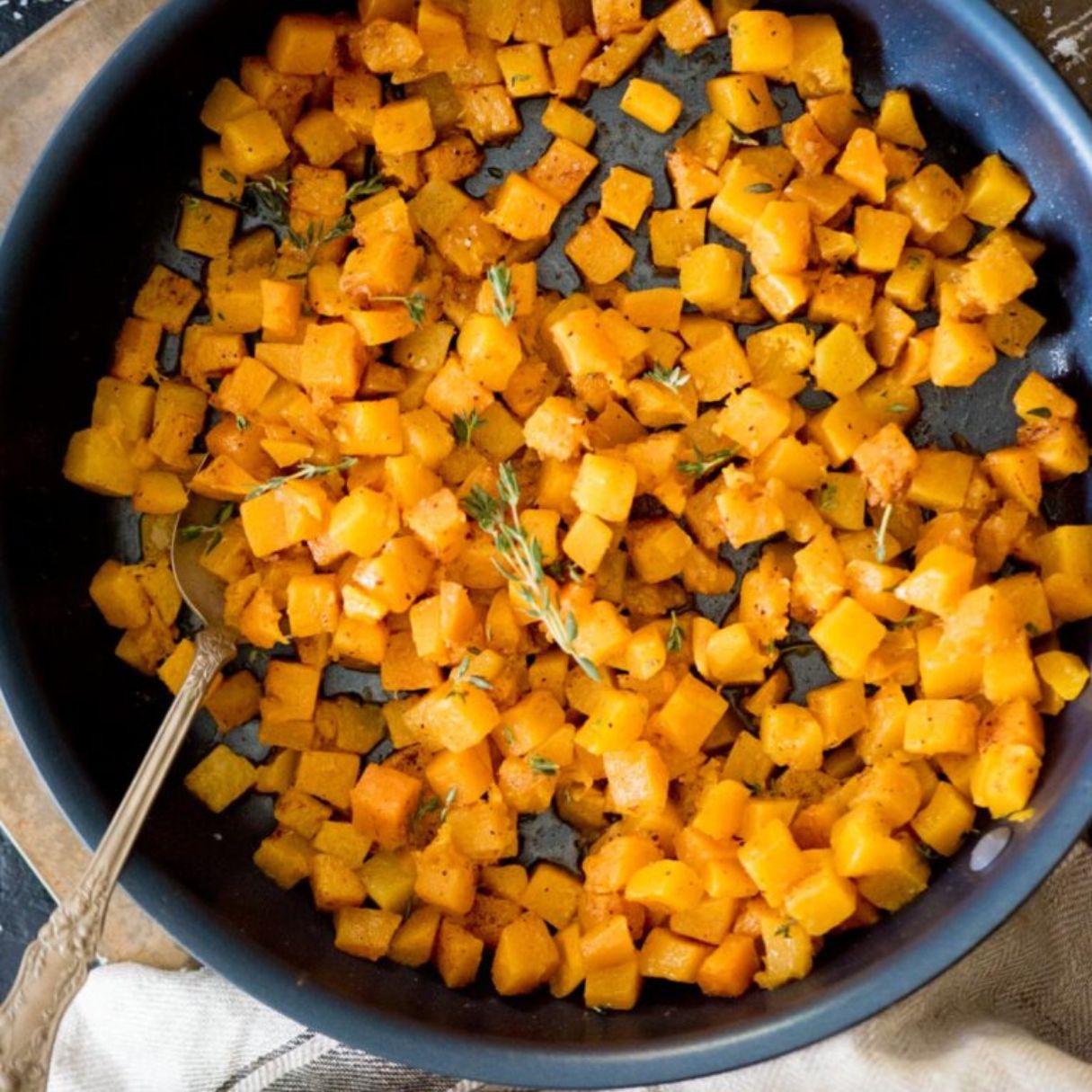
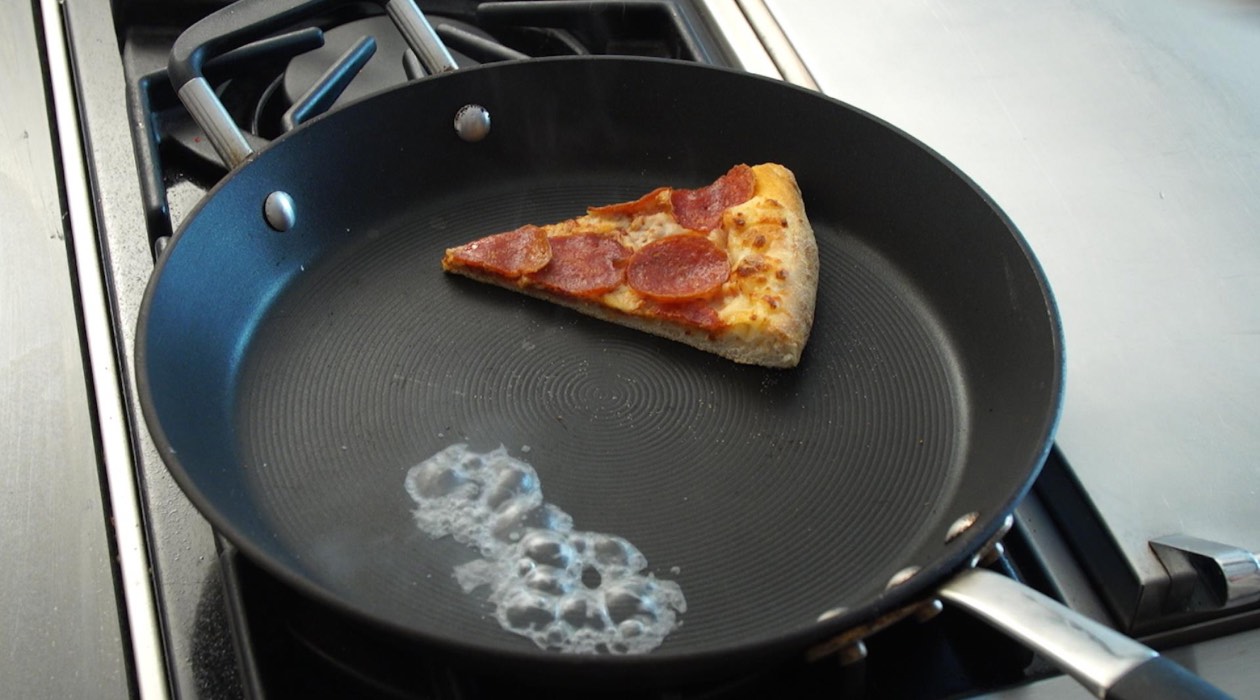
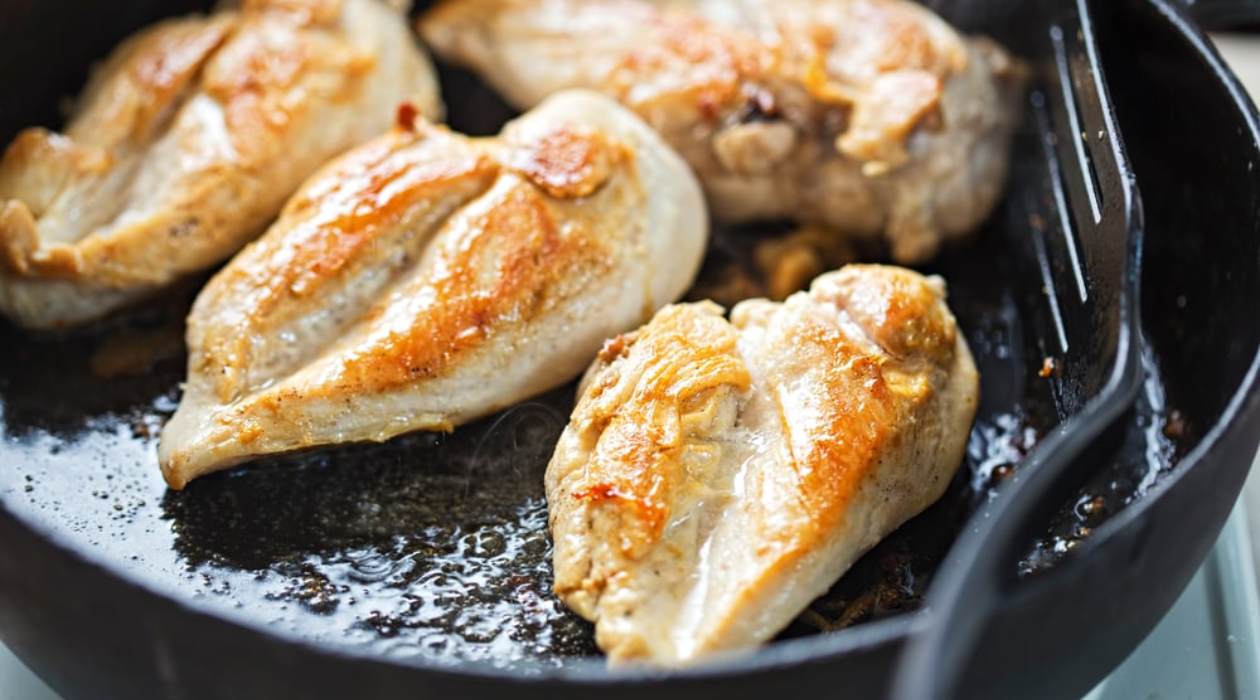
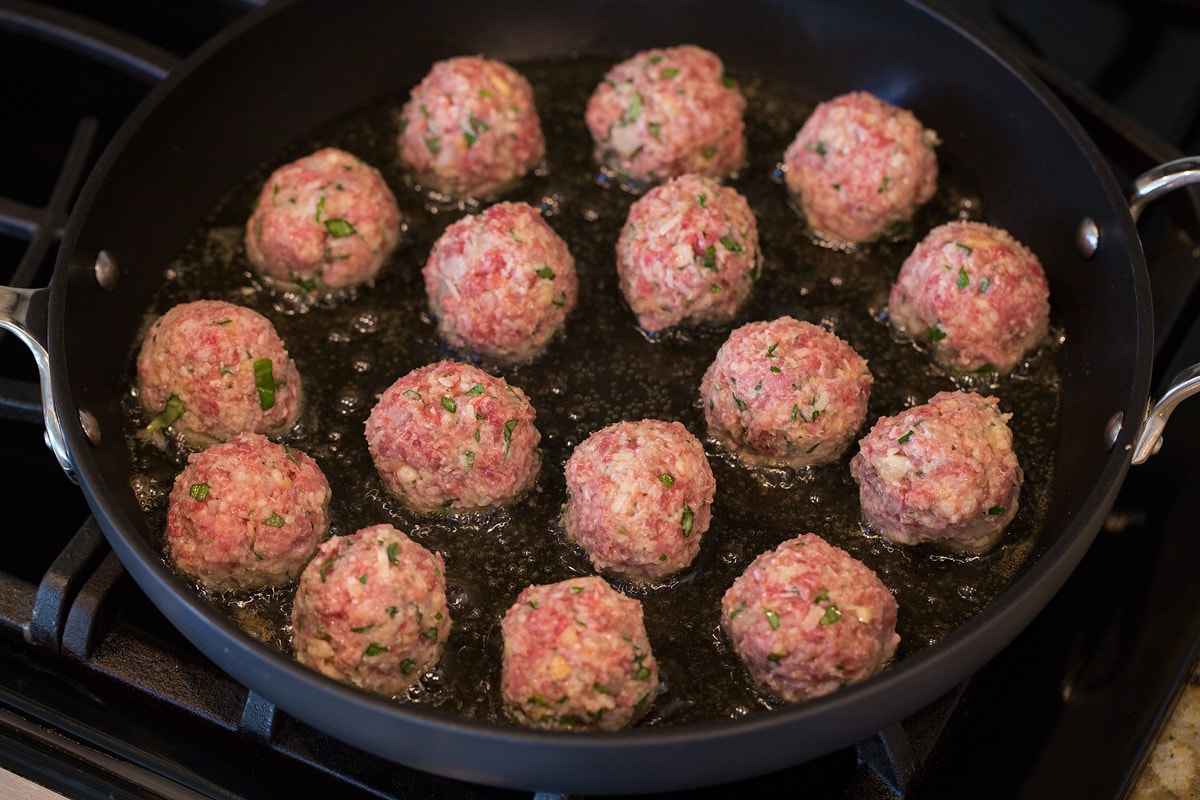
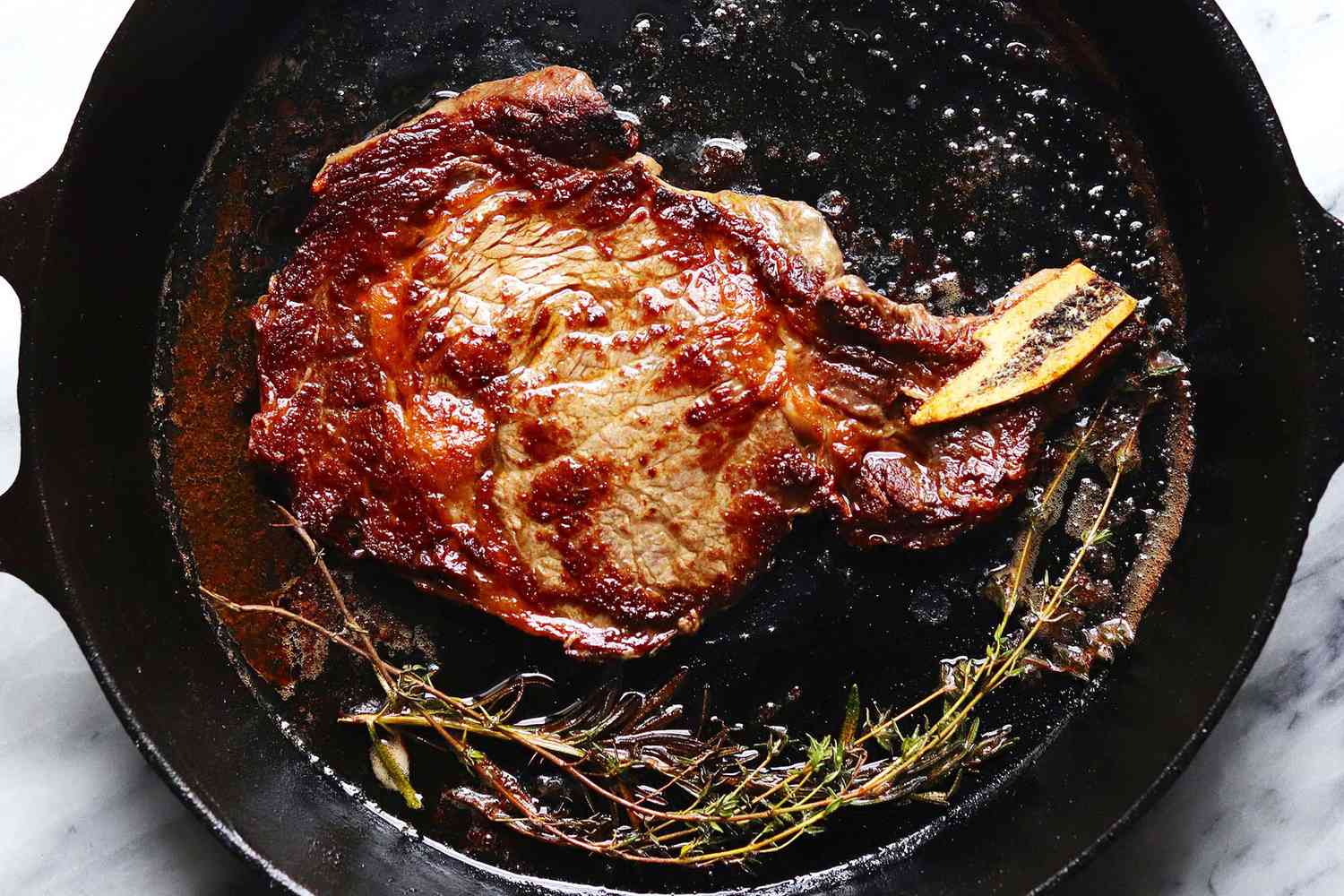

0 thoughts on “How To Use A Dutch Oven On Stove Top”